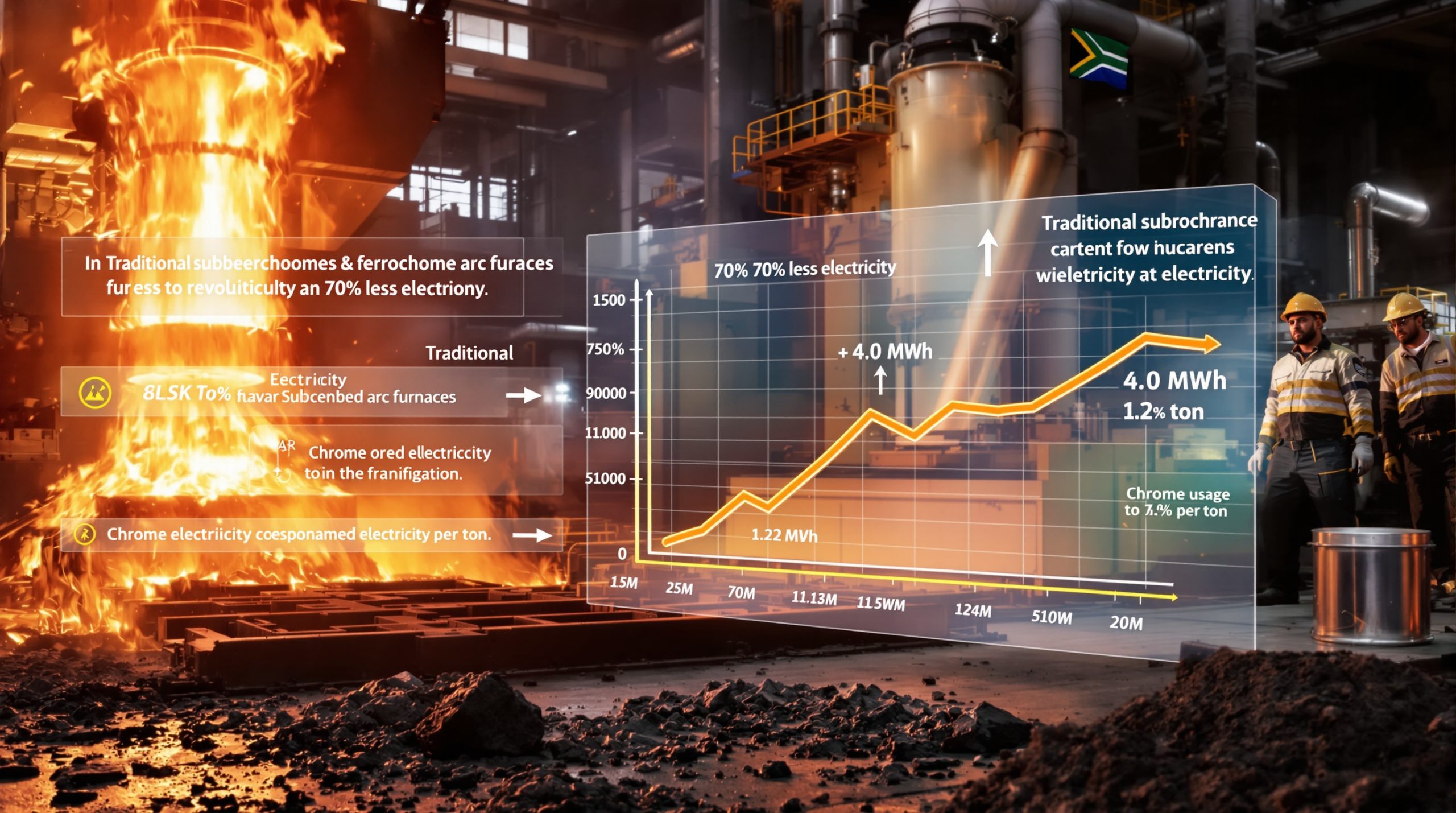The Weaponization of Global Trade: Reshaping International Relations
The global trading system, once primarily focused on economic advancement and mutual prosperity, has increasingly become a battlefield for geopolitical influence. Nations now strategically deploy trade policies as weapons to advance political agendas, secure critical resources, and pressure adversaries. This fundamental shift represents a significant evolution in how countries interact on the world stage, with the weaponization of global trade becoming a defining feature of modern international relations.
The Evolution of Trade as a Strategic Tool
Trade has transformed from a predominantly economic activity into a sophisticated instrument of foreign policy. Countries now regularly sacrifice economic benefits to achieve security objectives, diplomatic leverage, or political concessions. This represents a departure from traditional trade theory that emphasized mutual gain and comparative advantage.
What Tactics Define Trade Weaponization?
Export Controls and Restrictions
Nations increasingly implement targeted export controls on critical technologies, raw materials, and manufactured goods to:
- Prevent adversaries from accessing strategic capabilities
- Create supply shortages in targeted economies
- Maintain technological advantages in key sectors
- Protect domestic industries from foreign competition
A prime example emerged in early 2024 when China implemented export restrictions on rare earth elements, particularly dysprosium and terbium. Although these restrictions were relaxed following negotiations with the EU Critical Raw Materials Act in July 2024, they sent "shock waves through the supply chain," creating lasting nervousness among manufacturers dependent on these materials.
Strategic Tariffs and Trade Barriers
Governments deploy punitive tariffs and non-tariff barriers as pressure mechanisms that:
- Target specific industries of strategic importance
- Signal political disapproval of foreign policies
- Create economic pain to force policy changes
- Protect domestic industries from foreign competition
The tariffs impact on investments has been significant, reshaping global capital flows and creating new patterns of industrial development that align with geopolitical rather than purely economic considerations.
| Tariff Type | Primary Objective | Secondary Effects | Example Cases |
|---|---|---|---|
| Punitive | Political pressure | Market disruption | US-China tariff escalations |
| Defensive | Protect strategic industries | Price increases | Steel and aluminum tariffs |
| Retaliatory | Counter foreign restrictions | Trade relationship deterioration | EU countermeasures to US tariffs |
| Strategic | Gain negotiating leverage | Supply chain realignment | Automobile sector tariffs |
Supply Chain Manipulation
Control over critical supply chains provides powerful leverage, allowing countries to:
- Create artificial scarcities of essential goods
- Disrupt industrial production in targeted nations
- Extract political concessions through economic pressure
- Force dependency relationships that create lasting influence
The strategic control of supply chains has become increasingly important, with nations recognizing that "nervousness" in supply chains created by trade restrictions "isn't going to go away" and will continue to drive long-term economic planning decisions.
Why Is Trade Weaponization Intensifying?
Rising Geopolitical Tensions
The intensification of great power competition has spilled over into economic domains as nations seek advantage through all available means:
- Traditional military confrontation carries excessive risks
- Economic interdependence creates exploitable vulnerabilities
- Trade measures offer "gray zone" options below the threshold of conflict
- Economic pressure can achieve objectives without military escalation
Industry experts increasingly describe geopolitical uncertainty as the new norm, driving nations to secure their economic interests through more assertive trade policies.
Critical Resource Competition
Access to and control of strategic resources has become a central concern:
- Rare earth elements for advanced technologies
- Semiconductor manufacturing capabilities
- Energy resources and transportation routes
- Agricultural products and food security
The competition for resources is particularly acute in sectors supporting dual-use applications. For instance, permanent magnets containing heavy rare earth elements are "critically important" for both "electric vehicles and defense applications," making their supply chains strategically valuable for critical minerals & energy security.
National Security Concerns
The blurring line between economic and security interests has prompted defensive trade measures:
- Technology transfer restrictions to prevent military applications
- Protection of critical infrastructure from foreign control
- Securing supply chains for essential goods and services
- Preventing economic coercion through reduced dependencies
This security focus has transformed how nations approach trade policy, prioritizing resilience and sovereignty over pure economic efficiency.
How Do Regional Powers Deploy Trade Weapons?
China's Strategic Approach
China has developed sophisticated trade leverage mechanisms:
- Selective market access restrictions against countries adopting unfavorable policies
- Strategic control of critical mineral processing and manufacturing
- Infrastructure investment through Belt and Road Initiative creating economic dependencies
- Targeted export restrictions on specific goods from countries with political disagreements
China's approach to trade weaponization was clearly demonstrated in early 2024 with its strategic export restrictions on heavy rare earth elements like dysprosium and terbium, creating price volatility and supply uncertainty that reverberated throughout global supply chains.
US Trade Strategy Evolution
The United States has increasingly embraced trade as a geopolitical tool:
- Comprehensive sanctions regimes targeting adversarial governments
- Export controls on advanced technologies to maintain strategic advantages
- Formation of selective trade blocs that exclude strategic competitors
- Reshoring initiatives to reduce vulnerabilities to foreign supply disruptions
In a significant move, the Trump minerals order issued in early 2023 aimed to prioritize domestic production and processing of critical minerals for national security purposes, reducing dependence on foreign supply chains.
European Union Response Mechanisms
The EU has developed distinctive approaches to trade weaponization:
- Regulatory power projection through the "Brussels Effect"
- Carbon border adjustment mechanisms affecting global manufacturing
- Strategic autonomy initiatives in critical technologies and resources
- Anti-coercion instruments to counter foreign economic pressure
The EU's Critical Raw Materials Act, which came into force in 2023, represents a significant policy response aimed at establishing "secure and reliable supply chains" within Europe. This legislation has created frameworks for designating strategic projects and supporting domestic production of critical materials.
What Are the Global Consequences of Trade Weaponization?
Fragmentation of the Global Trading System
The weaponization of global trade is accelerating the splintering of the global economy:
- Formation of competing trade blocs aligned with geopolitical interests
- Reduced efficiency as supply chains prioritize security over cost
- Declining effectiveness of multilateral institutions like the WTO
- Rising transaction costs as regulatory environments diverge
This fragmentation is evident in the active efforts of companies to diversify their supply chains, seeking "non-Chinese production or supply" options for critical materials like graphite even when this might not be the most cost-effective solution.
Economic Costs and Market Distortions
The strategic deployment of trade measures creates significant economic inefficiencies:
- Higher consumer prices due to supply chain disruptions
- Misallocation of resources toward politically favored industries
- Reduced innovation from limited knowledge exchange
- Investment uncertainty in industries vulnerable to trade actions
According to industry forecasts, graphite demand alone is projected to grow by 140% by 2030, requiring a "huge number of new mines" to meet this demand. The realignment of supply chains to address trade weaponization concerns will significantly increase the costs of this expansion.
Escalation Risks and Unintended Consequences
Trade weaponization carries significant risks:
- Retaliatory cycles that expand beyond initial targeted sectors
- Erosion of international norms governing economic relations
- Spillover effects impacting neutral third countries
- Potential for economic conflicts to escalate into broader confrontations
The ripple effects of trade restrictions often extend far beyond their intended targets, creating systemic risks throughout the global economy as highlighted in research on weaponized trade.
How Are Critical Raw Materials Central to Trade Weaponization?
Rare Earth Elements as Strategic Leverage
The concentration of rare earth element production and processing capabilities provides significant geopolitical leverage:
- Essential inputs for defense systems and renewable energy technologies
- Highly concentrated supply chains vulnerable to disruption
- Limited short-term substitution possibilities
- Significant environmental and capital barriers to new production
Heavy rare earth elements like dysprosium and terbium are particularly strategic due to their "critically important role in permanent magnet supply chains" that support both renewable energy and defense applications. The concentration of production in China has created a powerful point of leverage in international relations.
Battery Metals and Energy Transition Dependencies
Control over battery metals creates strategic advantage in the global energy transition:
- Lithium, cobalt, nickel, and graphite supply chains face concentration risks
- Processing capabilities remain geographically concentrated
- Electric vehicle manufacturing depends on secure material access
- Energy security increasingly tied to battery material security
Industry forecasts indicate graphite demand will increase by 140% by 2030, driven by battery production for electric vehicles. Meanwhile, australia lithium innovations have become increasingly important as countries seek to develop alternative supply chains for critical battery materials.
What Defensive Strategies Are Emerging?
Supply Chain Resilience Initiatives
Nations and companies are pursuing multiple strategies to reduce vulnerabilities:
- Diversification of supplier networks across multiple countries
- Strategic stockpiling of critical materials and components
- Development of substitute materials and technologies
- Reshoring of critical manufacturing capabilities
The industry is actively seeking supply chain diversification, with companies approaching producers for "non-Chinese flake graphite production or supply" options to reduce dependency risks.
Strategic Partnerships and Alliances
New economic alignments are forming to counter trade weaponization:
- Mineral security partnerships among like-minded nations
- Technology development collaborations with trusted partners
- Investment screening coordination to prevent hostile acquisitions
- Joint responses to economic coercion attempts
Industry leaders emphasize that the future lies in "the era of collaboration" where "the whole supply chain works" together, particularly within regional blocs like the European Union where upstream and downstream players align their interests.
Domestic Capability Development
Countries are investing in reducing external dependencies:
- Critical mineral exploration and development
- Manufacturing capacity for strategic goods
- Research into alternative materials and technologies
- Workforce development in strategic industries
Sweden has designated certain mining projects like Norrshär as "national interest for its minerals and metals importance" specifically recognizing the strategic value of rare earth elements for European supply chains. This designation provides legal frameworks for expedited permitting and financing support.
How Should Companies Navigate Trade Weaponization?
Risk Assessment Frameworks
Businesses must develop sophisticated approaches to evaluate trade weaponization risks:
- Supply chain vulnerability mapping
- Geopolitical risk integration into business planning
- Scenario planning for potential disruptions
- Regular reassessment as geopolitical conditions evolve
Industry leaders advocate taking "a very methodical approach" to risk management, prioritizing "safety" and "regulatory compliance" while developing comprehensive contingency plans.
Adaptation Strategies
Forward-thinking companies are implementing multiple protective measures:
- Geographic diversification of manufacturing and sourcing
- Maintaining redundant supplier relationships
- Inventory management adjustments to buffer against disruptions
- Contractual provisions addressing force majeure events
Companies are preparing for long-term adaptations, recognizing that the "nervousness isn't going away" and developing business models that can withstand continued trade tensions and restrictions.
What Is the Future of Trade Weaponization?
Technological Dimensions
Emerging technologies will shape future trade weaponization:
- Digital trade restrictions and data localization requirements
- Quantum computing and encryption export controls
- Artificial intelligence development constraints
- Biotechnology and synthetic biology restrictions
The dual-use nature of advanced technologies, serving both civilian and defense applications, will increase their vulnerability to trade restrictions and export controls.
Potential for De-escalation
Several factors could potentially moderate trade weaponization:
- Recognition of mutual economic harm from continued escalation
- Development of new multilateral frameworks for managing trade conflicts
- Emergence of effective countermeasures reducing incentives for weaponization
- Domestic political pressures from groups harmed by trade disruptions
While China will continue to be "an important trading partner" for regions like Europe, experts note it's "healthy for regions to have alternative supply options," suggesting a balanced approach rather than complete decoupling.
How Can the International System Adapt?
Multilateral Reform Possibilities
The global governance system requires significant adaptation:
- WTO reform to address security exceptions and dispute resolution
- New frameworks for managing technology transfer concerns
- Critical supply chain monitoring and early warning systems
- Collective response mechanisms to economic coercion
The implementation of the EU's Critical Raw Materials Act represents one step toward systematic adaptation, but industry experts note that "policy is great" but "we need to see action" in terms of actual investment and support mechanisms.
Building Resilience Without Decoupling
Balancing security and efficiency requires nuanced approaches:
- Identifying truly critical dependencies requiring intervention
- Maintaining beneficial economic integration where possible
- Developing proportional response frameworks to trade weaponization
- Creating incentives for responsible trade behavior
Industry leaders note that to "compete with established players" who have built their industries with "state-sponsored strategies" and "funding mechanisms over decades," Western nations will need comparable commitment and financial support for strategic industries.
Frequently Asked Questions About Trade Weaponization
What distinguishes legitimate national security measures from trade weaponization?
Legitimate security measures typically target specific, demonstrable threats with proportional responses, while weaponized trade uses broad economic tools primarily to achieve political objectives or create leverage unrelated to the targeted sectors.
How does trade weaponization affect developing economies?
Developing economies often face disproportionate impacts as they lack the economic diversity to withstand targeted pressure, possess fewer alternative markets, and have limited capacity to implement countermeasures against larger economies.
Can private companies effectively counter state-driven trade weaponization?
While companies can implement resilience measures, they face fundamental asymmetries when confronting state actors. The most effective approaches typically involve coordination with home governments, industry associations, and international partners.
What role do international institutions play in addressing trade weaponization?
Current international institutions struggle to address trade weaponization effectively due to outdated rules, weak enforcement mechanisms, and the ability of powerful states to circumvent constraints through security exceptions and unilateral actions.
Are You Prepared for the Next Market-Moving Mineral Discovery?
In today's geopolitically charged resource market, staying ahead of significant mineral discoveries can provide crucial investment advantages. Discover how Discovery Alert's proprietary Discovery IQ model delivers real-time notifications on major ASX mineral discoveries, helping you identify actionable opportunities ahead of the broader market by visiting our dedicated discoveries page.




